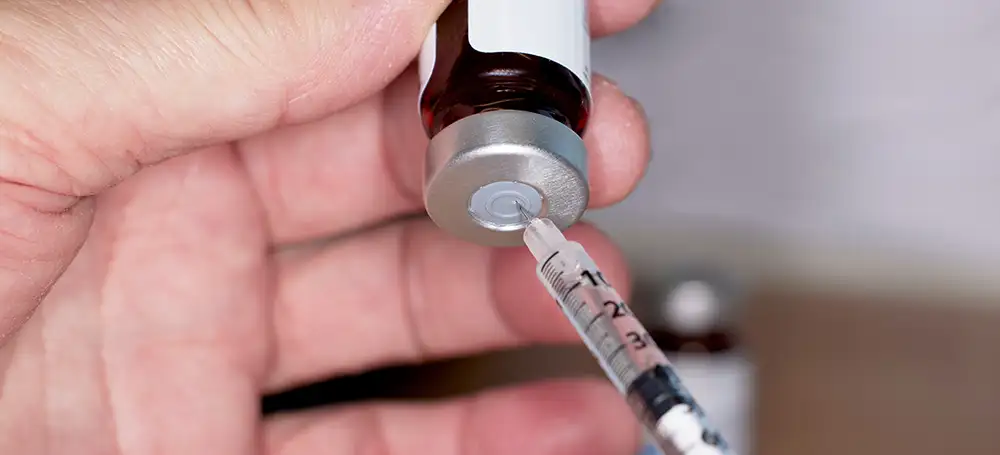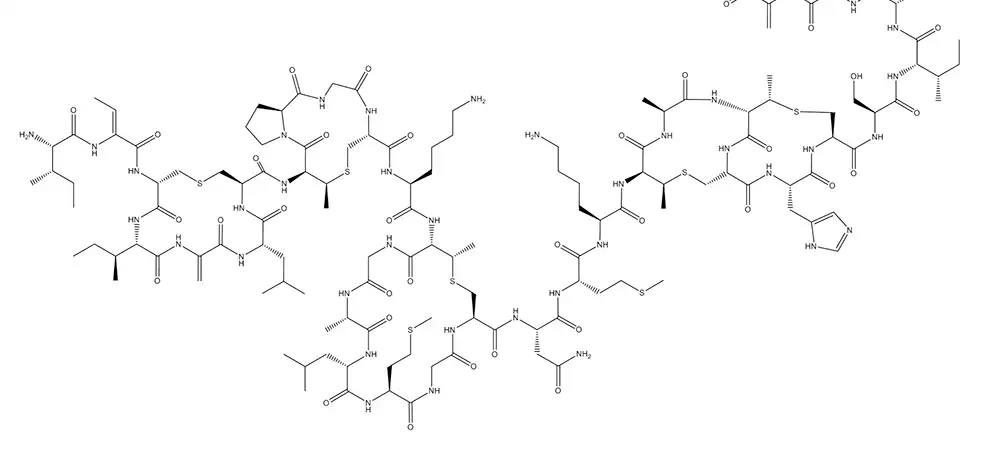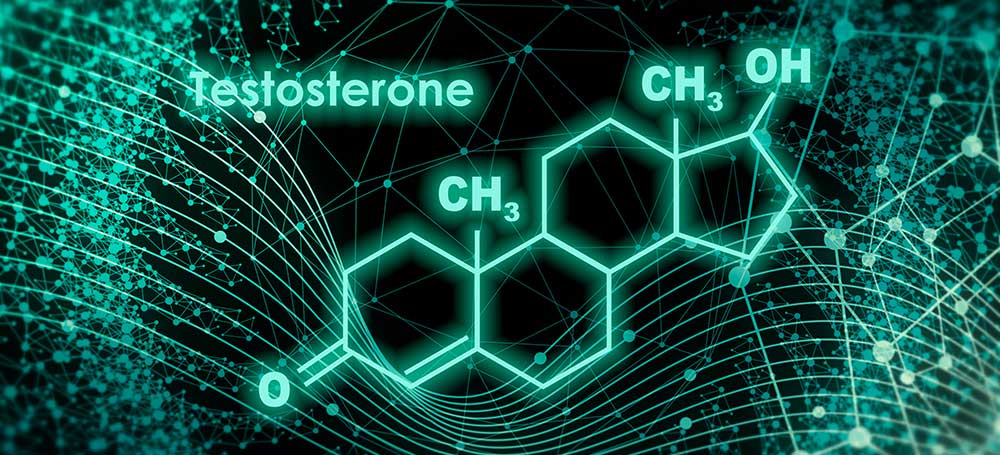What Every Man Should Know about Testosterone Replacement Therapy (TRT)
What is TRT?
Testosterone replacement therapy, or TRT, is a method used for treating men with hypogonadism, often referred to as ‘low-T’. A man’s testosterone levels usually peak during adolescence and early adulthood. As he gets older, his testosterone level naturally declines at a gradual rate – about 1 percent a year after 30 years of age.
For some men, however, this process can be accelerated by a condition called hypogonadism. TRT is a way to bring testosterone levels back to the normal range.
Should I consider TRT?
Researchers have developed a simple screening tool to help detect patients who may be suffering from conditions that could be helped by TRT.
Called the “ADAM” questionnaire (ADAM stands for “Androgen Deficiency in Ageing Male”), this simple tool can help get you started by answering some basic questions.
- Do you have a decrease in libido or sex drive?
- Do you have a lack of energy?
- Do you have a decrease in strength and/or endurance?
- Have you lost weight?
- Have you noticed a decreased “enjoyment of life”?
- Are you sad and/or grumpy?
- Are your erections less strong?
- Have you noticed a recent deterioration in your ability to play sports?
- Are you falling asleep after dinner?
- Has there been a recent deterioration in your work performance?
If you answered “Yes” to questions #1 or #7, or any three other questions, you might be a good candidate for TRT. Before starting medical treatment, you will want to consult a qualified physician who can accurately diagnose your conditions and recommend treatment options.
What are some of the Benefits of TRT?
There are several benefits of TRT for men with a variety of problems related to low Testosterone. Some of those benefits include:
- Lower body fat
- Increased sex drive
- Improved ability to combat stress
- Better sleep
- Increased confidence
- Mood Improvement
- Increased muscle mass
How Do I Take TRT?
There are several methods of delivering TRT.
- Patches: Patches can be applied directly to the skin one or more times a day.
- Gels: Gels and Nasal Gels are convenient topical gels that are rubbed onto your skin (or inside your nose.)
- Injections: Injections are one of the most popular forms of TRT. Injections can be given either in the muscle or in the fat deposits. Injections are usually taken once or twice a week to maximize the absorption and lifecycle rates of testosterone.
- Subcutaneous Pellets: Subcutaneous pellets may be inserted under your skin and last from 3 to 6 months.
- hCG or Human chorionic gonadotropin can be used to stimulate your body to increase production of your own testosterone. This is an option that your doctor should be discussing with you particularly if you are able to still produce ideal levels of testosterone yourself.
- Clomid or clomiphene citrate is another medication used to stimulate your body to increase your own testosterone. If men are still considering having children this is definitely something they should talk to their medical provider about.
Your doctor can discuss the pros and cons of each and find the ideal form of treatment for you and your lifestyle.
What Are The Possible Side Effects Of TRT?
Like any medications and treatments, there is a certain level of risk for side effects. Some of the possible side effects of testosterone therapy include:
- Increased Acne
- Fluid Retention
- Increased Urination
- Breast Enlargement
- Decreased Testicular Size
- Decreased Sperm Count
- Increased Aggressive Behaviors
- Possible increased risk for stroke
- Other side effects that your doctor will talk to you about
Various TRT delivery methods each have their own risks, such as irritation from patches or transfer to others from gels.
Please Note: Testosterone Replacement Therapy is not recommended for men with existing breast or prostate cancer. Likewise, older men with sleep apnea may see an increase in their symptoms when using TRT.
Finding TRT in Massachusetts
If you have been experiencing any of the symptoms of Low T mentioned above and feel like you could improve your health, mood, and quality of life through TRT, please call our office at 781-399-LowT to schedule a consultation at our convenient location in Stoneham, MA. We are eager to get you the help you may need to get back to feeling like yourself again.












